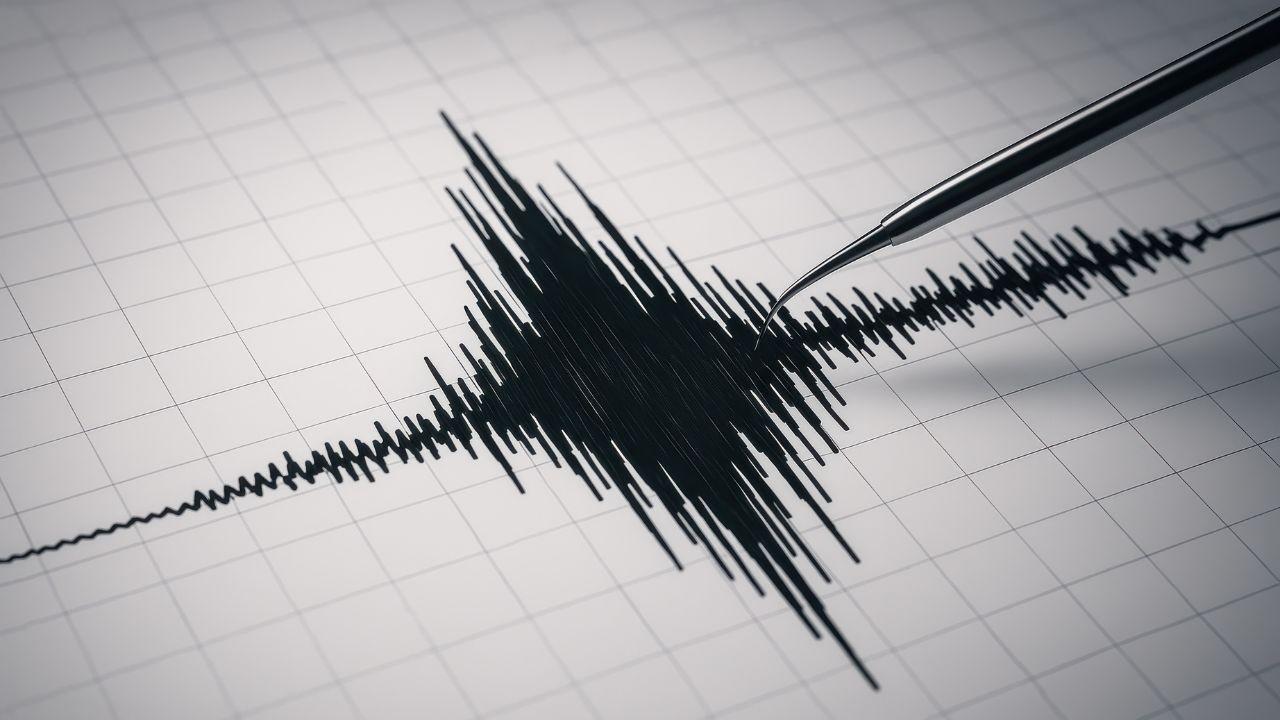
Post by : Mariam Al-Faris
Late Monday night, Afghanistan was shaken by an earthquake measuring 4.1 on the Richter scale. The National Center for Seismology (NCS) reported that the tremor occurred at a depth of 180 kilometers below the earth’s surface. While the earthquake was moderate, its occurrence has raised concerns among local residents and authorities.
Recent Seismic Activity in the Region
This earthquake comes just days after another tremor of magnitude 3.9 struck Afghanistan on September 28. Unlike Monday’s deeper earthquake, the earlier tremor occurred at a shallow depth of just 10 kilometers. Shallow quakes are generally considered more dangerous as seismic waves reach the surface faster, causing stronger ground shaking and increasing the risk of damage to buildings and human life.
Shallow vs. Deep Earthquakes
Experts explain that deeper earthquakes, like the 4.1 magnitude one, usually cause less surface damage but can be felt across a wider area. Shallow earthquakes, however, produce stronger local shaking, making them more likely to trigger aftershocks. Residents are advised to remain vigilant for smaller tremors that could follow, especially in areas with older or weaker structures.
Humanitarian and Development Support
Amid these recurring seismic events, India continues to provide humanitarian aid and development assistance to Afghanistan. On September 18, Indian Ambassador Harish Parvathaneni emphasized India’s commitment to peace, stability, and welfare of Afghan citizens during a briefing at the UN Security Council.
India’s Role in Afghanistan
Ambassador Parvathaneni highlighted India’s ongoing efforts to deliver humanitarian assistance and strengthen local capacity-building programs. He also expressed appreciation to the United Nations Assistance Mission in Afghanistan (UNAMA) for their continued support and updates on the country’s evolving situation.
Preparedness for Aftershocks
Given the recent earthquake activity, experts advise local communities to stay alert and prepare for potential aftershocks. Precautionary measures include securing heavy furniture, keeping emergency supplies ready, and following evacuation protocols if necessary. Awareness campaigns by local authorities aim to reduce the risk of injuries during future tremors.
Afghanistan lies in a seismically active region, and repeated tremors indicate ongoing tectonic activity. Authorities are working with international partners to monitor seismic activity, strengthen building codes, and educate the public about earthquake safety measures. These steps are essential to reduce damage and save lives in the event of future earthquakes.
Residents are encouraged to stay informed through local media and official sources. Schools, hospitals, and public institutions are reviewing their emergency preparedness plans. Continuous monitoring, early warning systems, and proper community education remain crucial in minimizing the impact of earthquakes in Afghanistan.










Mitchell Marsh Backs Aggressive Plan Ahead of India T20 Series
Australia captain Mitchell Marsh says his team will continue playing fearless cricket as they prepar

Smriti Mandhana Becomes World’s No.1 ODI Batter
India’s Smriti Mandhana rises to No.1 in ICC Women’s ODI rankings with a career-best rating of 828 a

Suryakumar Yadav Focuses on Team Spirit and Fielding Goals
India captain Suryakumar Yadav stresses teamwork, energy, and stronger fielding efforts ahead of the

Sherwood Leads Canucks to Overtime Win Against Oilers
Kiefer Sherwood scored twice, including an overtime winner, as Vancouver Canucks defeated Edmonton O

Freeman Leads Dodgers to 6-5 Thriller Over Blue Jays
Freddie Freeman’s 18th-inning walk-off homer gives the Dodgers a thrilling 6-5 win over the Blue Jay

Bayern Target Another Victory in German Cup Match
Bayern Munich look to continue their perfect start to the season with a German Cup clash against Col